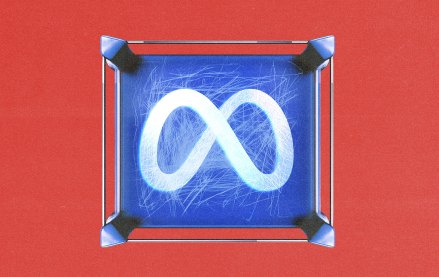Save 50% on a 3-month Digiday+ membership. Ends Dec 12.
Technology has long raced ahead of business models. That’s increasingly the case when it comes to digital media, particularly when talking about the collision of the Web with TV.
I’ve spent the last couple days at the Monaco Media Forum, held in a place where many things don’t seem quite real. That’s pretty much the case when talk turns to the marriage of the Web and TV. Again and again, tech folks have gotten up on stage and spoken off stage about why this marriage will happen. It all makes perfect sense. And yet there’s a disconnect on whether it will happen on the tech industry’s terms. Nikesh Arora, Google’s chief business officer, said that the entire notion of digital media as a discrete thing is already in the past. The world is digital, it’s increasingly social, and media is following. Fair enough, but where Arora loses me, and others in the audience, is how this will work when we’re talking about an $80 billion industry that’s quite successful.
Arora decried the “gods of broadcast TV” as anachronisms that belong to a bygone era before the Web-consumer-empowerment era. It will seem silly, in Arora’s telling, five years hence to look back at a time when we watched TV at times of some programmer’s choosing. “It will destroy the notion of brand awareness,” he said. “We’ll talk about brand engagement.” We are living in revolutionary times, he noted.
That’s news to the TV industry, which has done quite well for itself by selling based on brand metrics like awareness and persuasion and with broad audience segments. Google has frankly struggled to break into TV in a big way in large part because it is hell-bent on imposing its Internet ad system onto a big, successful industry that wants no part of it. That doesn’t mean Google will stop trying — it can’t with so much at stake and Facebook breathing down its neck as the Web’s new gatekeeper. “Sometimes dreamers are disappointed,” Arora allowed when pressed by Jack Myers on why it hasn’t gotten more traction.
More in Media

Meta enters AI licensing fray, striking deals with People Inc., USA Today Co. and more
The platform has secured seven multi-year deals with publishers including CNN, Fox News, People Inc., USA Today Co to incorporate their content into its large language model (LLM) Llama.

European publishers say the Digital Omnibus ‘cookie fix’ leaves them worse off
The European Union’s attempt at a legislative spring clean for Europe’s web of data privacy rules, has landed flat with publishers.

Digiday+ Research Subscription Index 2025: Subscription strategies from Bloomberg, The New York Times, Vox and others
Digiday’s third annual Subscription Index examines and measures publishers’ subscription strategies to identify common approaches and key tactics among Bloomberg, The New York Times, Vox and others.





